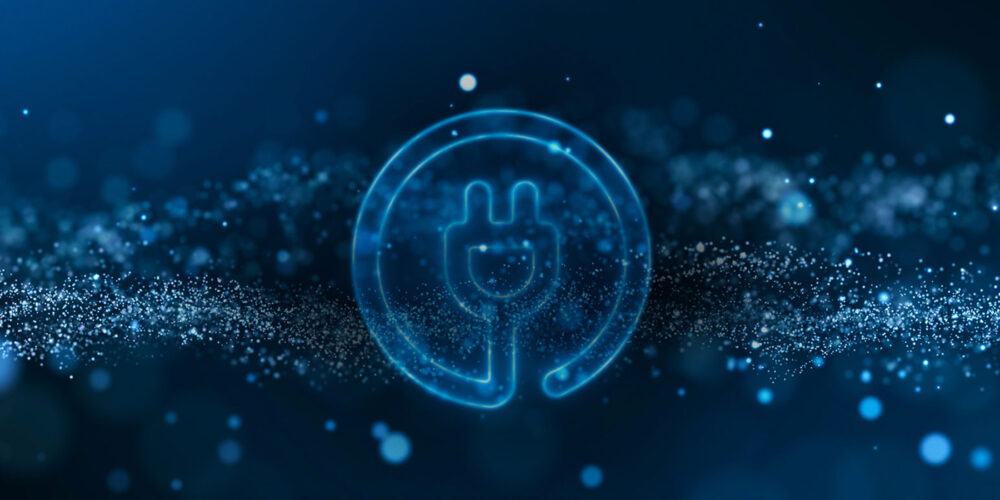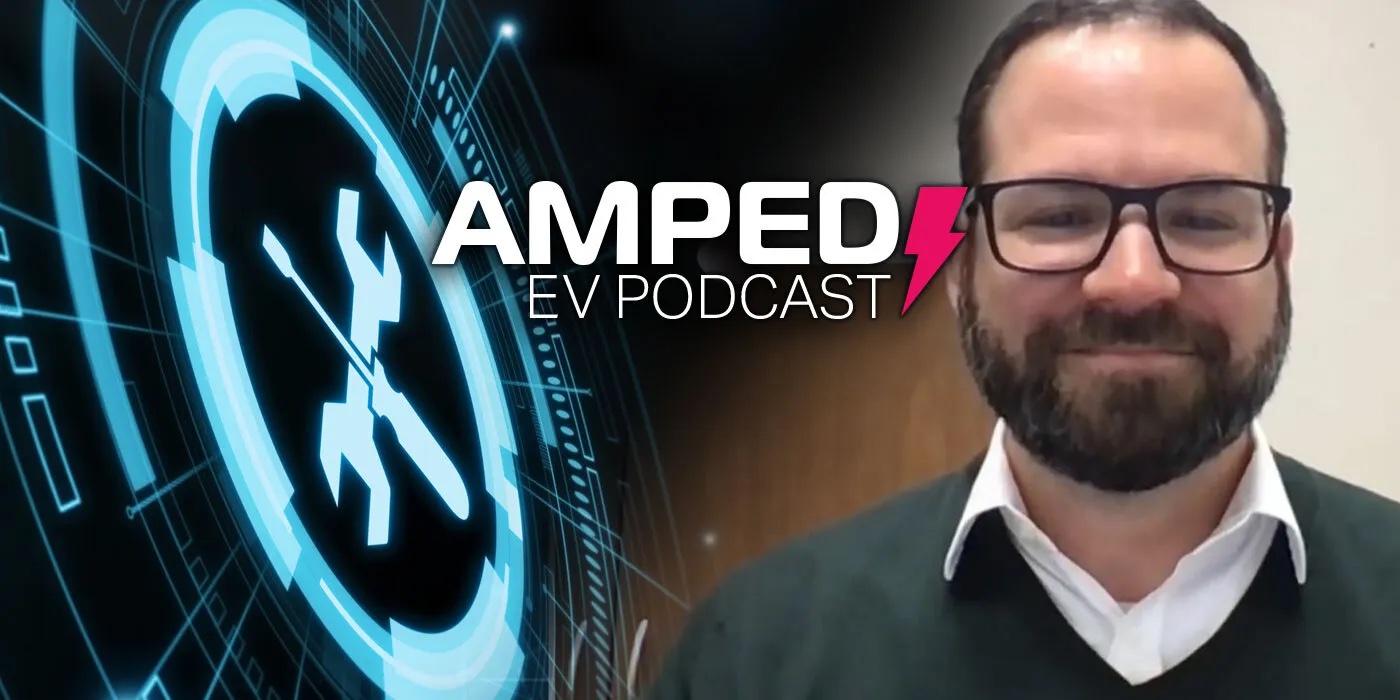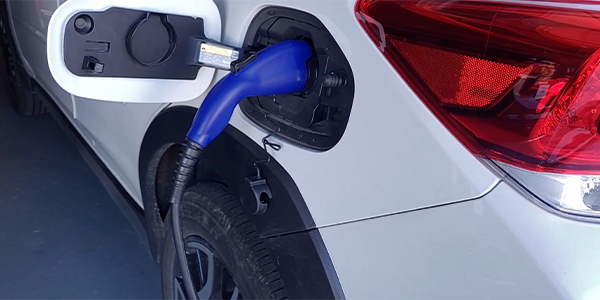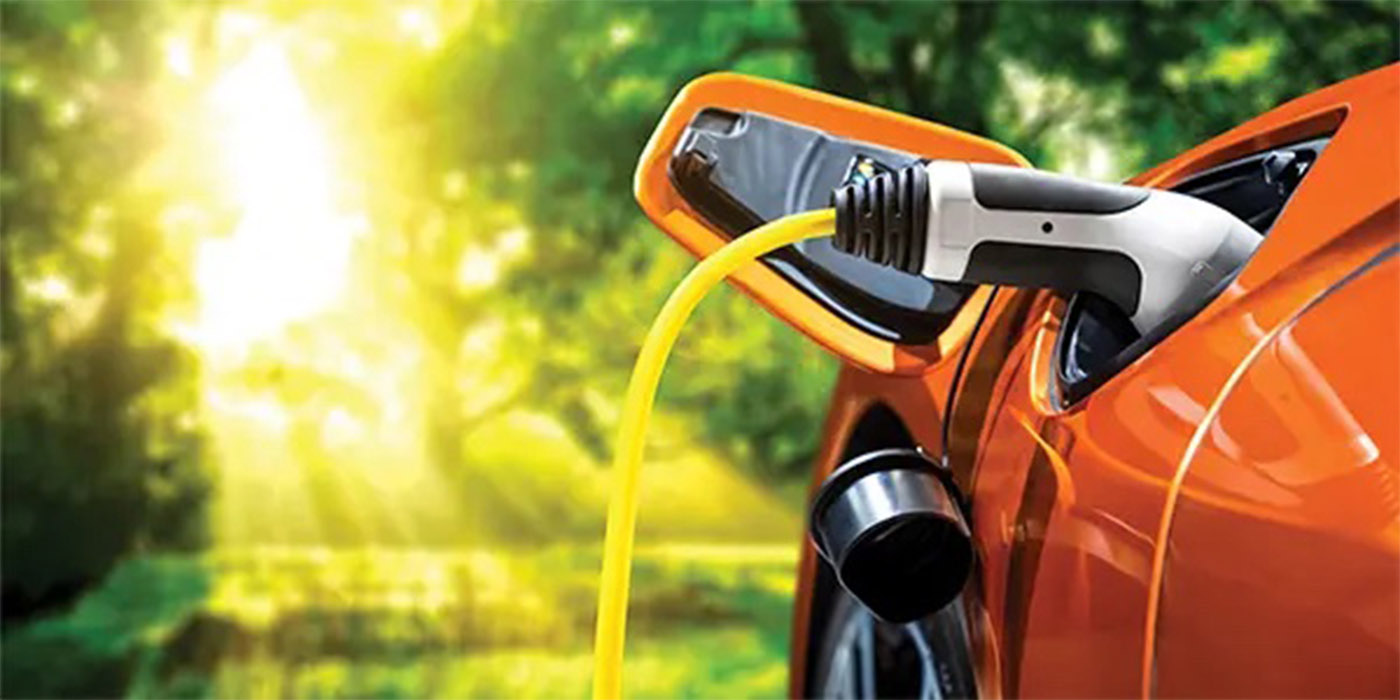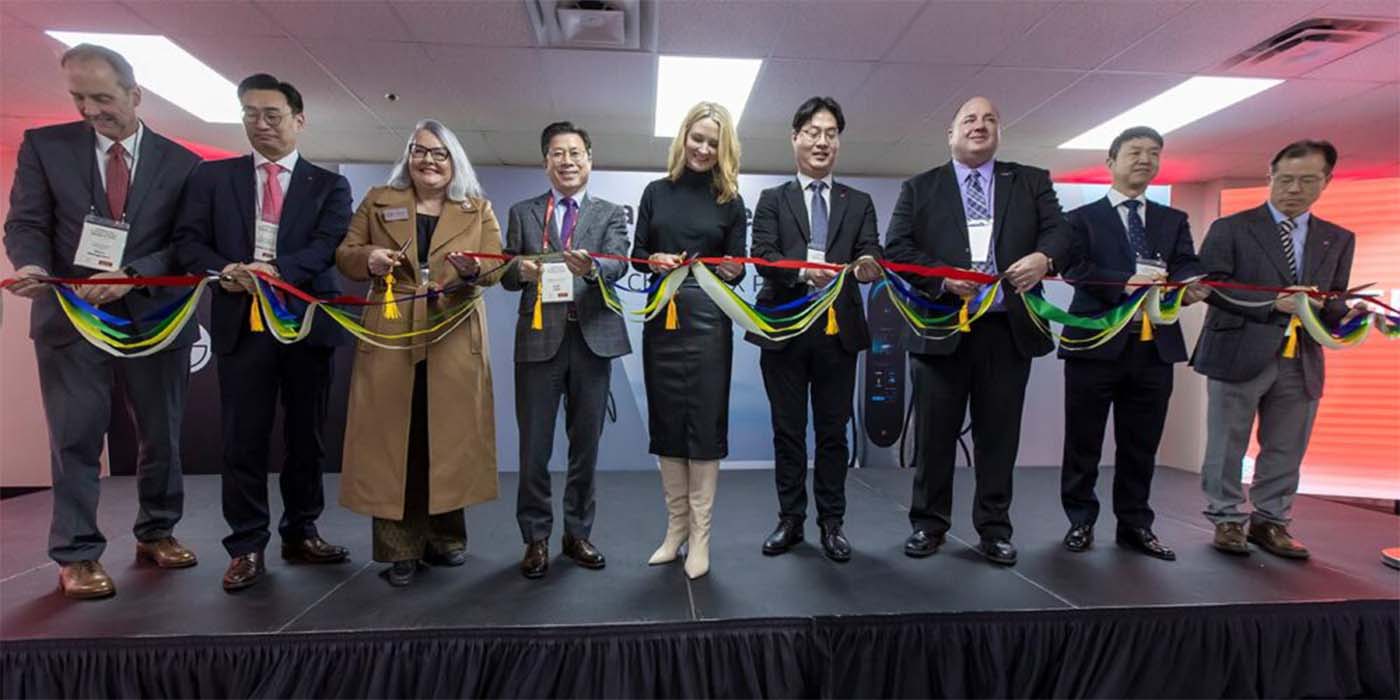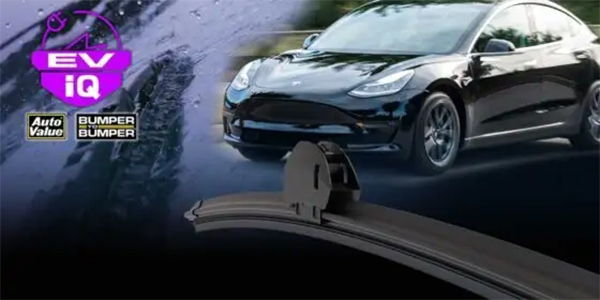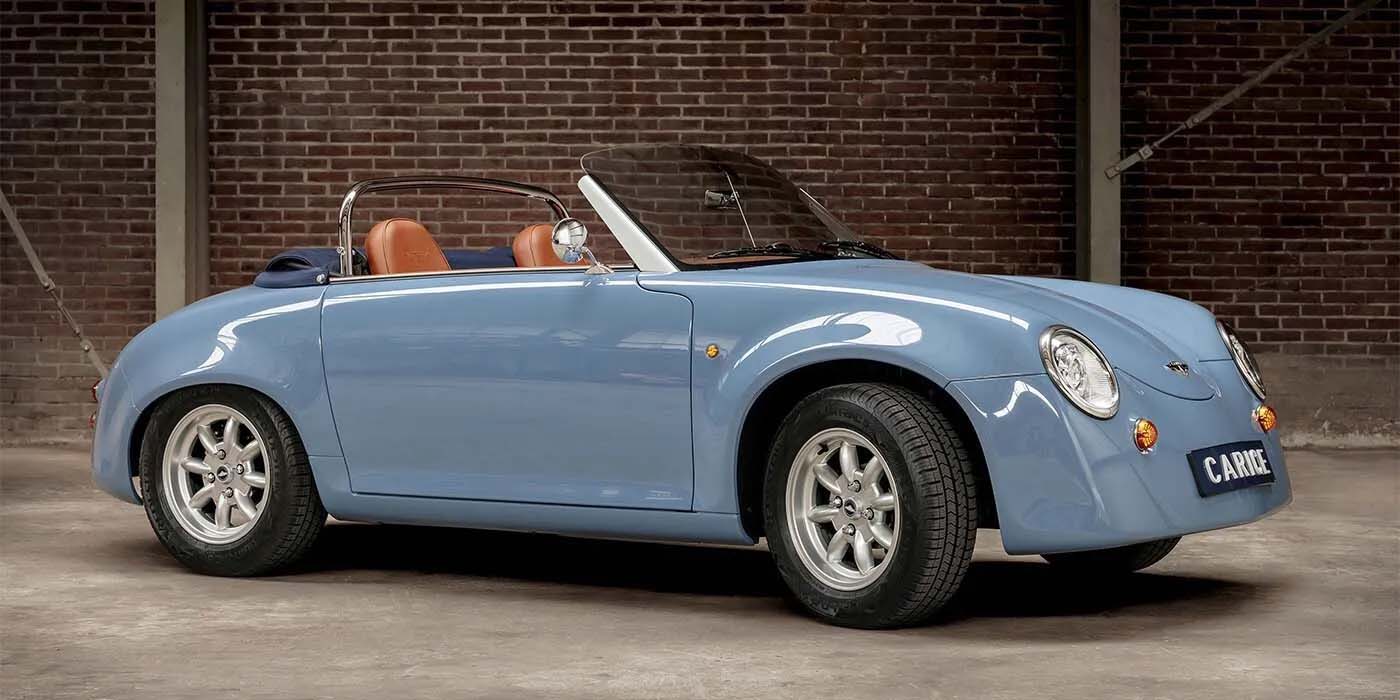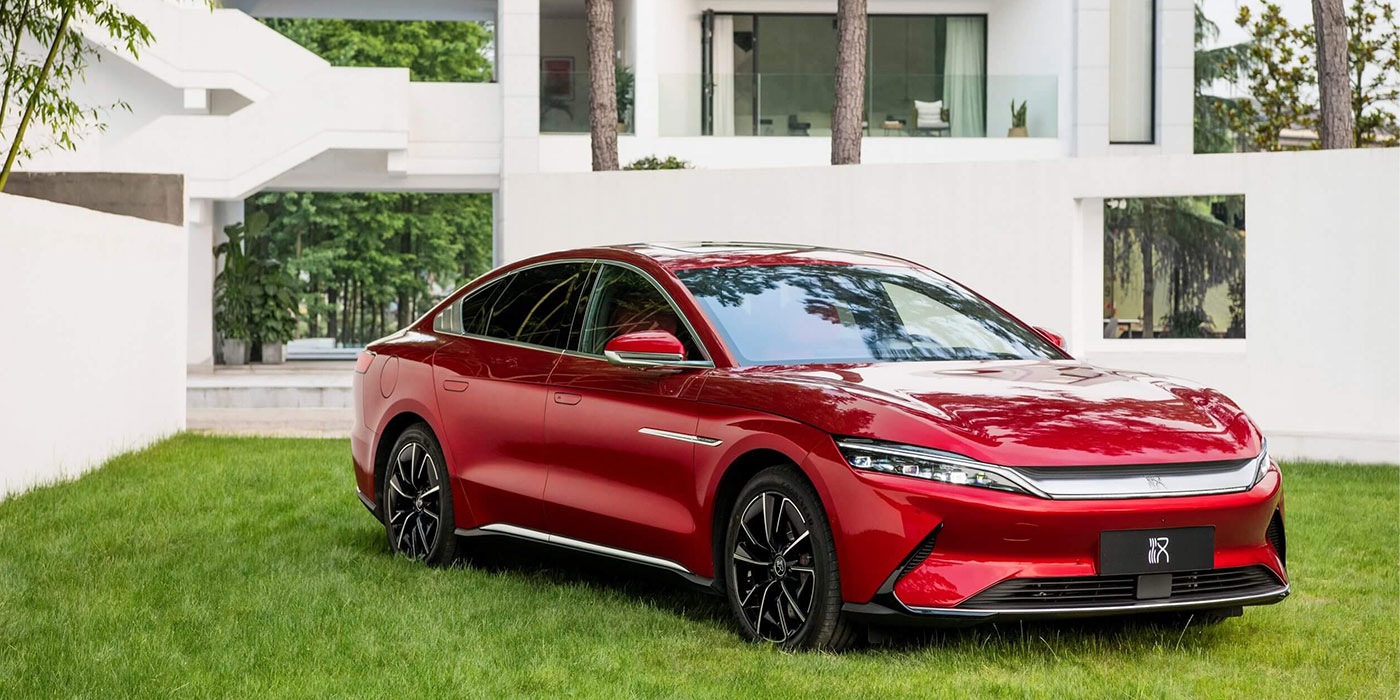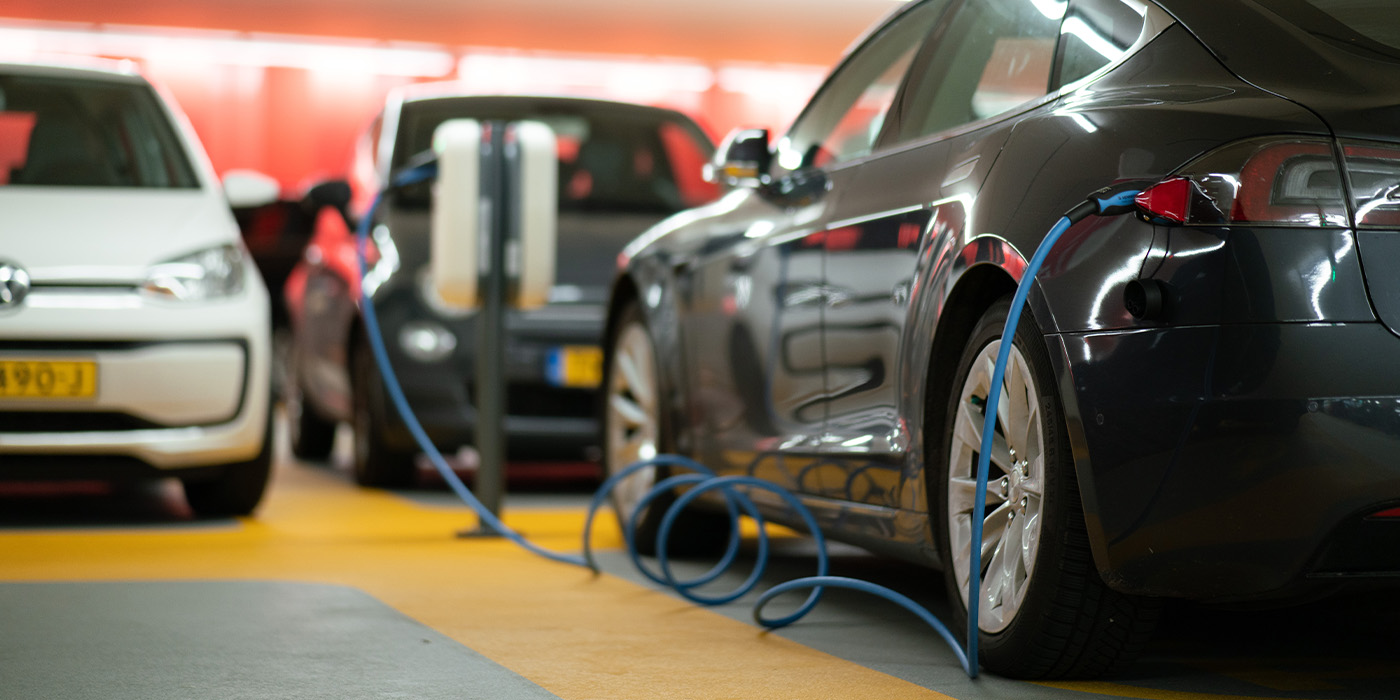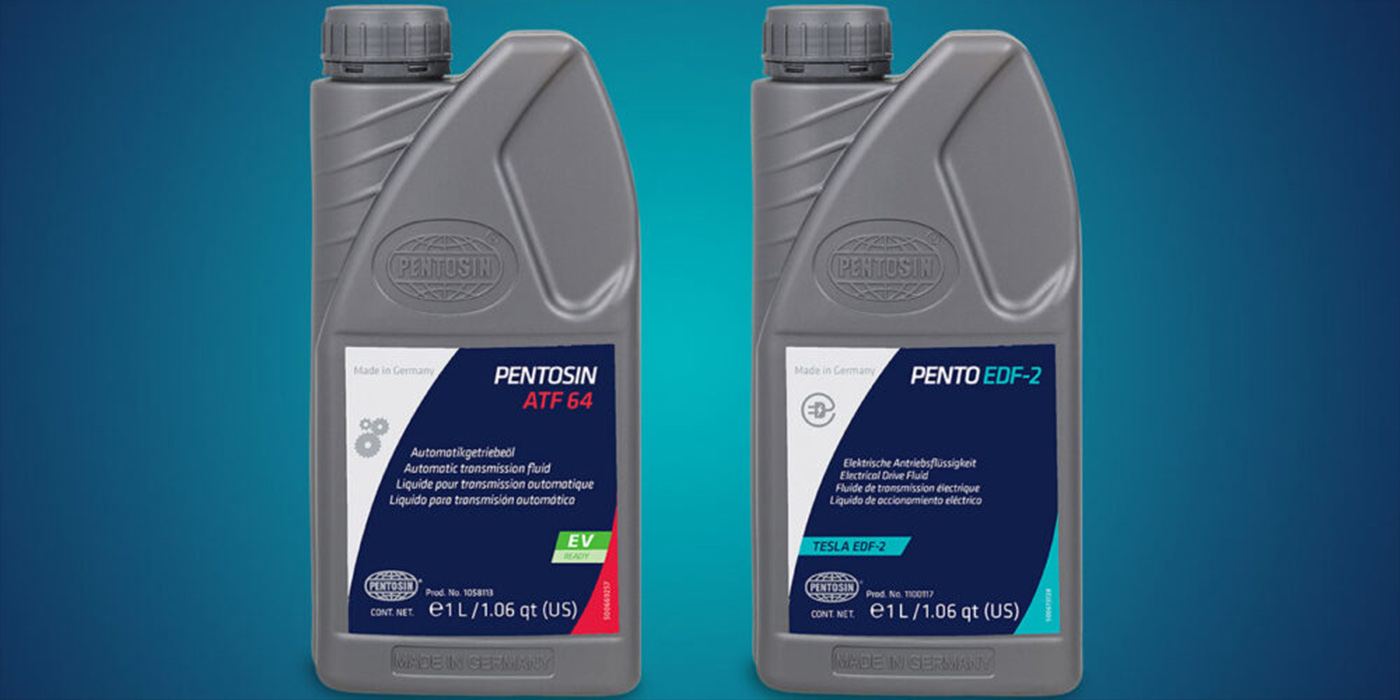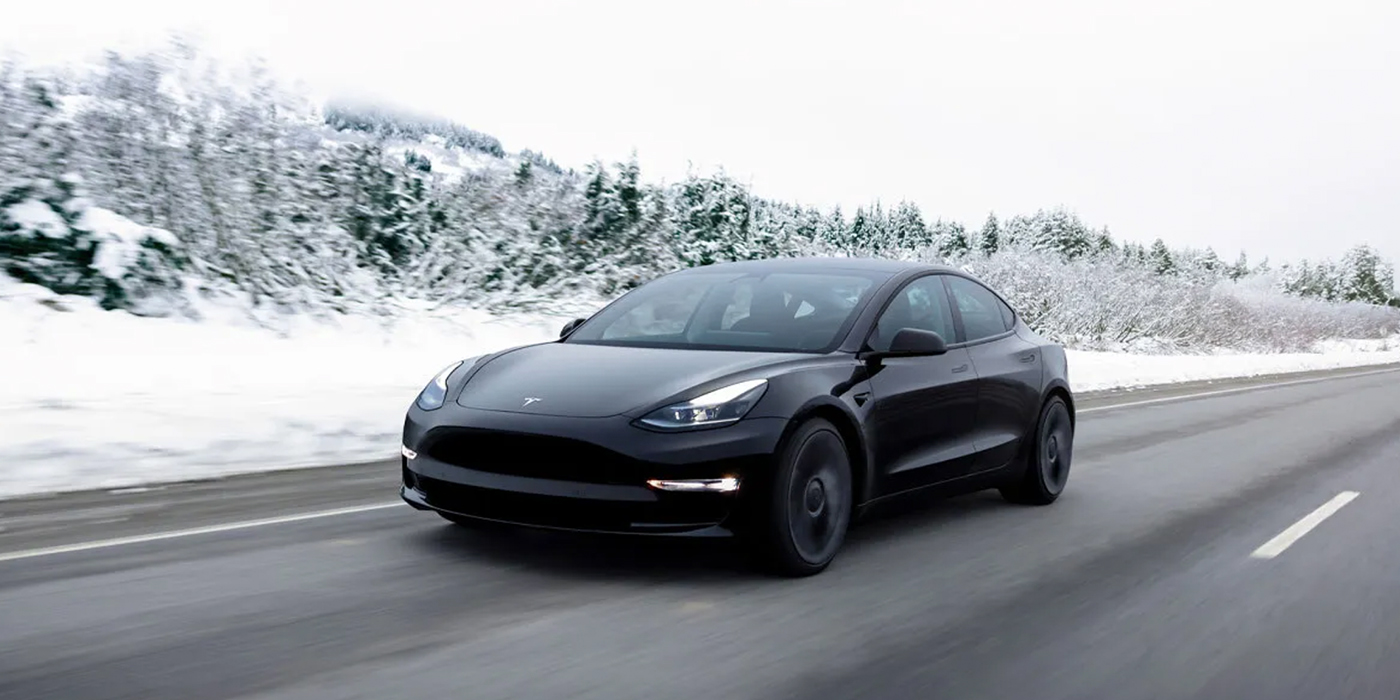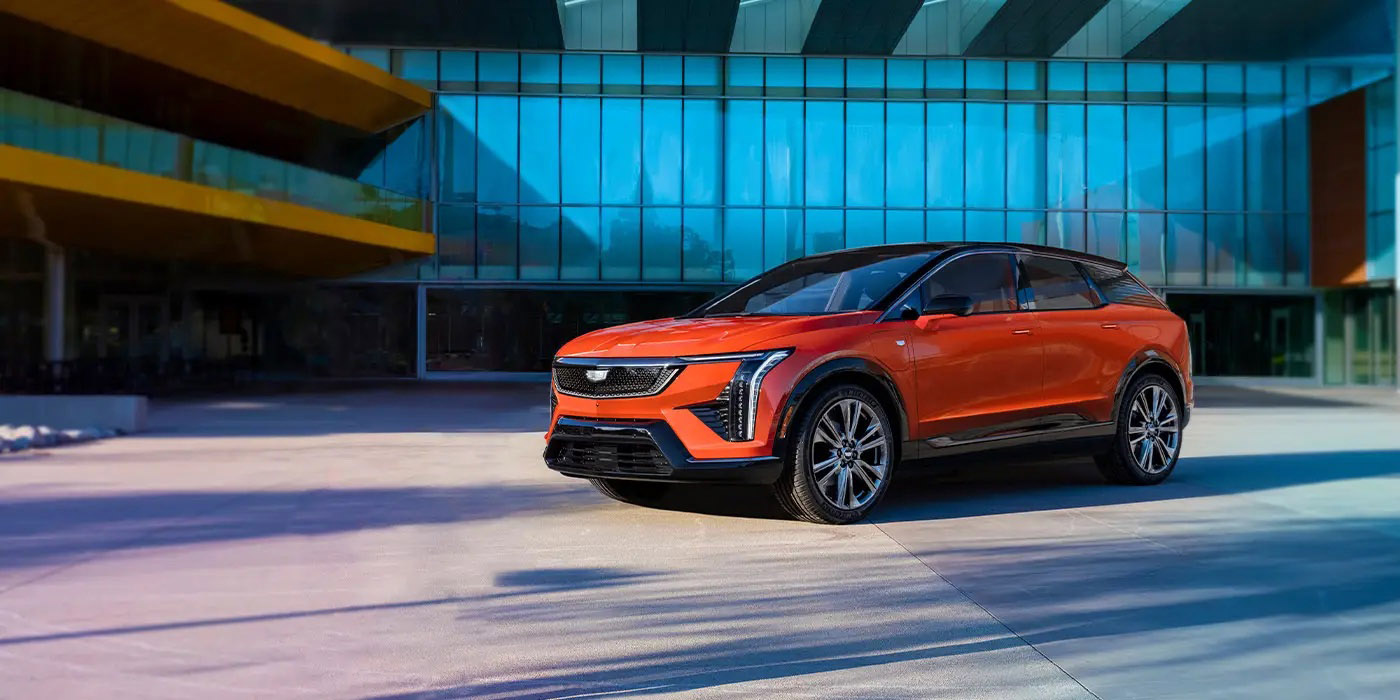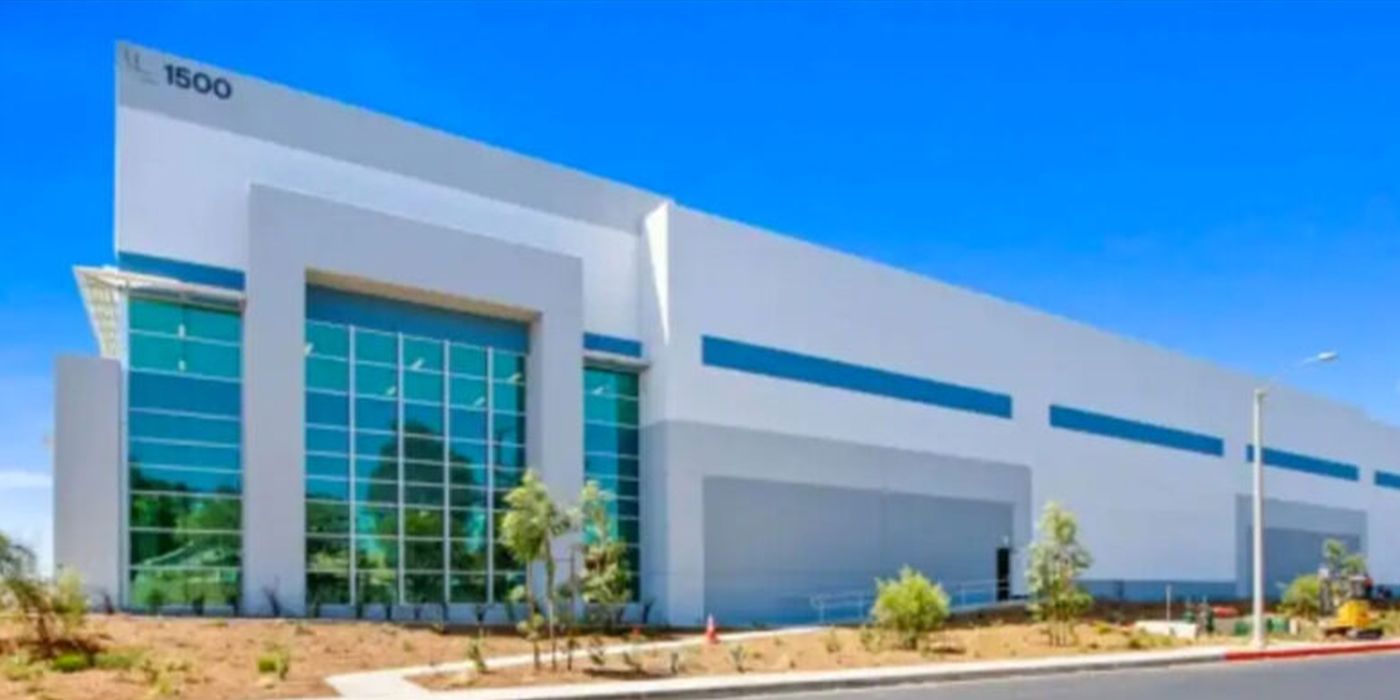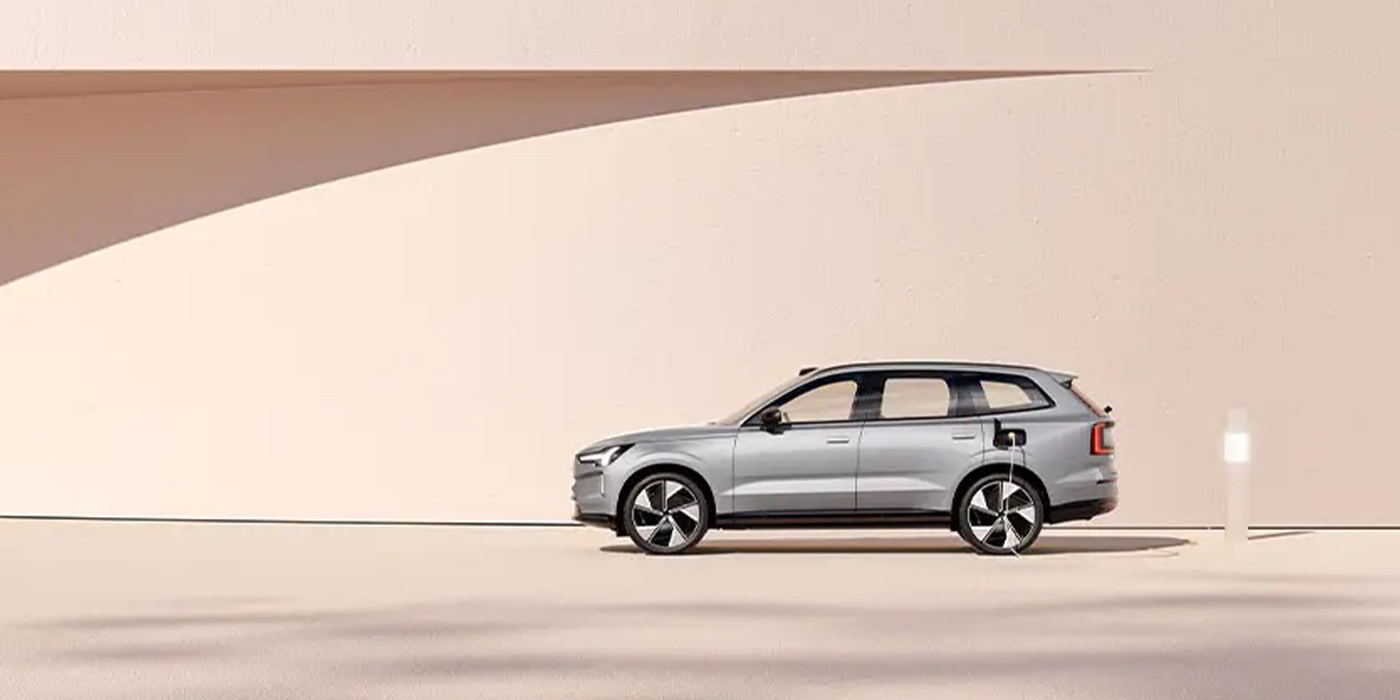Stellantis N.V. and Samsung SDI signed a memorandum of understanding to establish a second battery manufacturing facility in the United States, under the existing StarPlus Energy joint venture. Targeted to start production in 2027, the plant aims to have an initial annual production capacity of 34 gigawatt-hours (GWh).
The location of the new facility is currently under review and further details will be shared at a later date, according to Stellantis.
In May 2022, Stellantis and Samsung SDI announced their commitment to build a first battery manufacturing facility in Kokomo, Indiana. Targeted to launch in the first quarter of 2025, the plant will have an annual production of 33 GWh, up from the initial target of 23 GWh, the companies say.
“This new facility will contribute to reaching our aggressive target to offer at least 25 new battery-electric vehicles for the North American market by the end of the decade,” said Stellantis CEO Carlos Tavares. “We are continuing to add more capacity in the United States together with our great partner Samsung SDI and laying the next steps to reaching our carbon neutrality commitment by 2038.”
“By establishing the joint venture with Stellantis last year, we laid a solid groundwork for marking our presence in North America,” said Samsung SDI President and CEO Yoon-ho Choi. “The second plant will accelerate our market penetration into the U.S. and help Stellantis push forward the U.S. transition to an era of electric vehicles by supplying the products featuring the highest levels of safety and quality.”
As part of the Dare Forward 2030 strategic plan, Stellantis announced plans of reaching 100% of passenger-car battery-electric vehicle (BEV) sales mix in Europe and 50% of passenger car and light-duty truck BEV sales mix in the United States by 2030. To achieve these sales targets, the company says it is securing approximately 400 GWh of battery capacity. Stellantis adds it is on track to become a carbon net zero corporation by 2038, all scopes included, with single-digit percentage compensation of remaining emissions.

